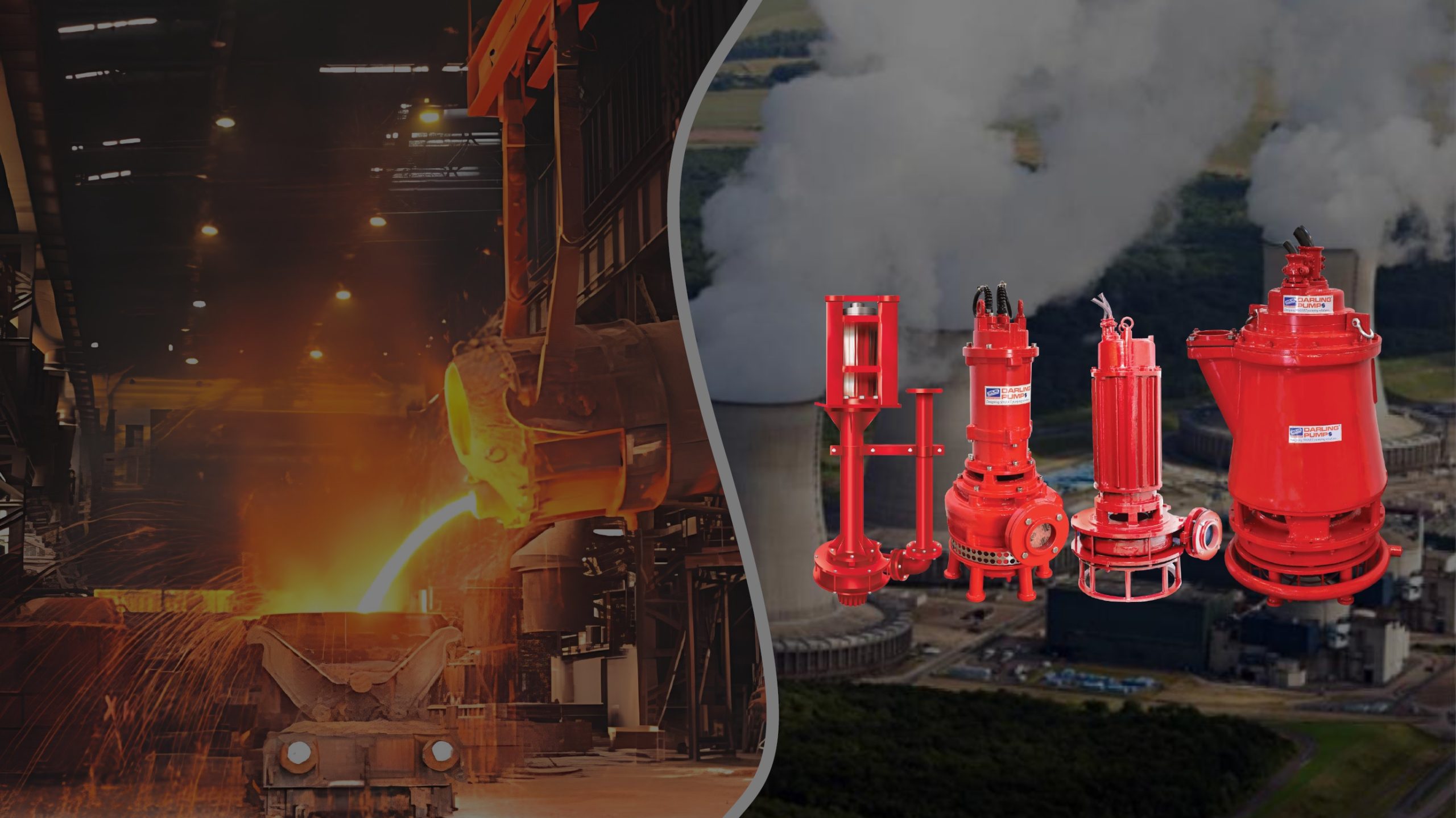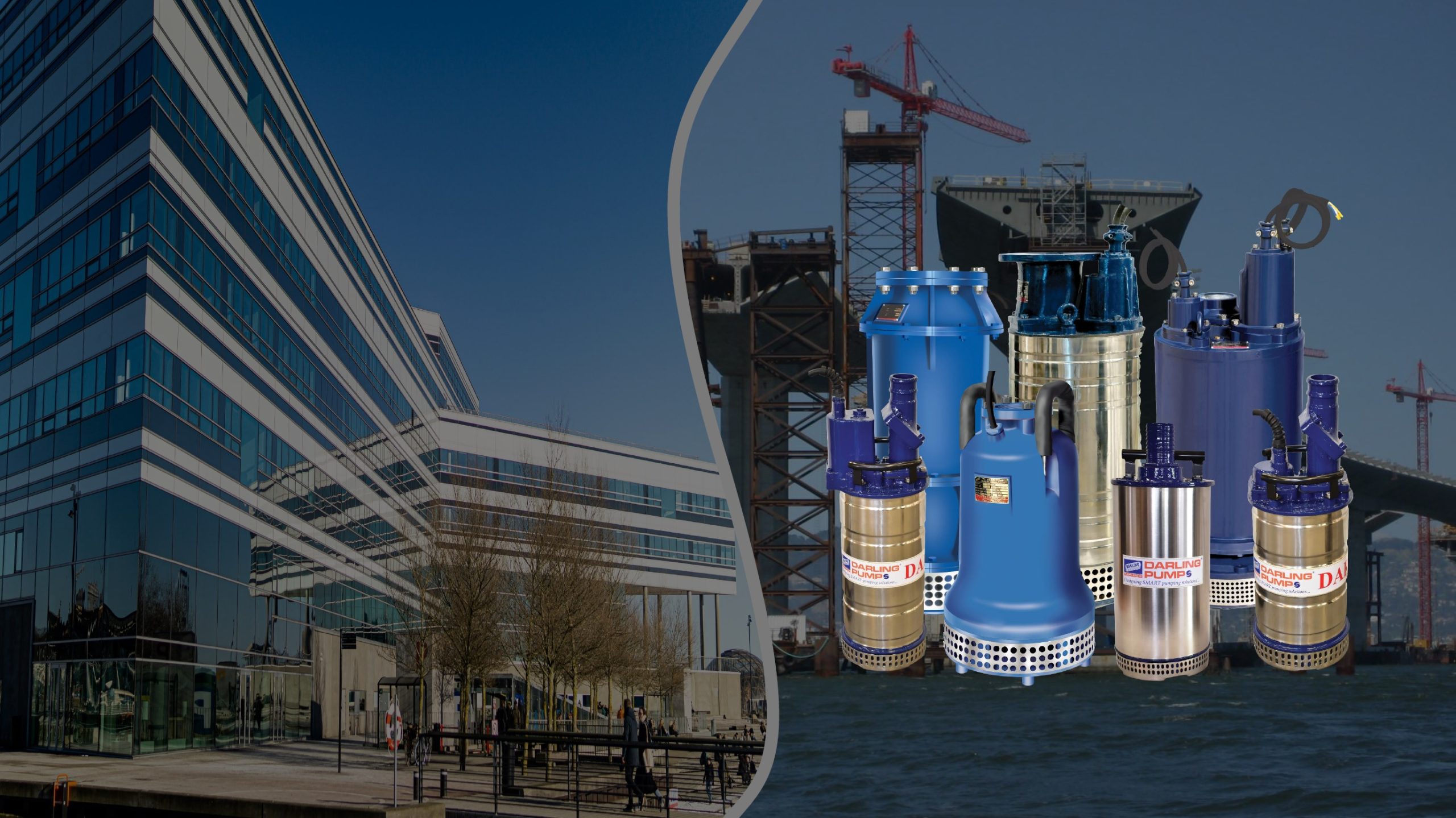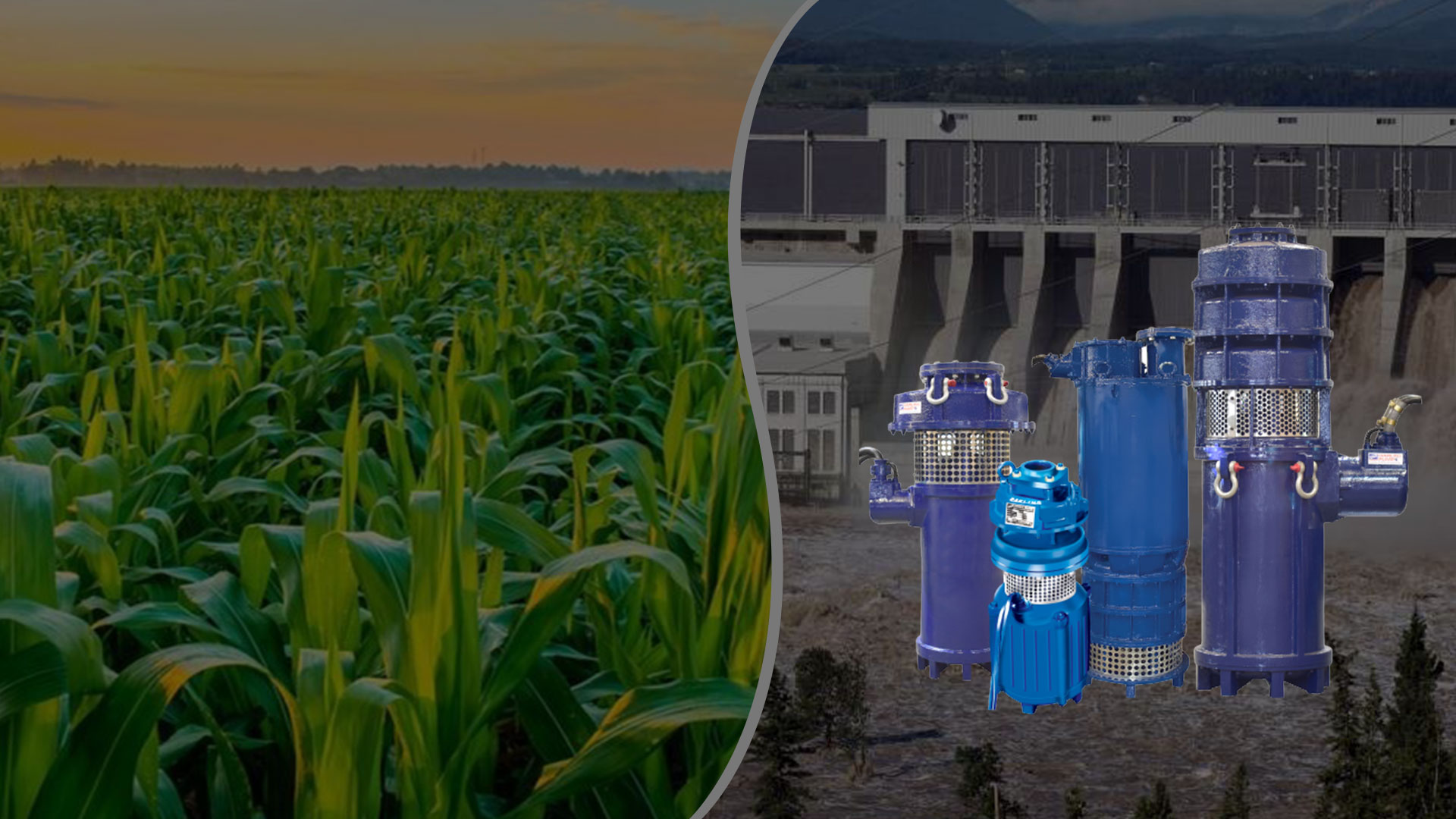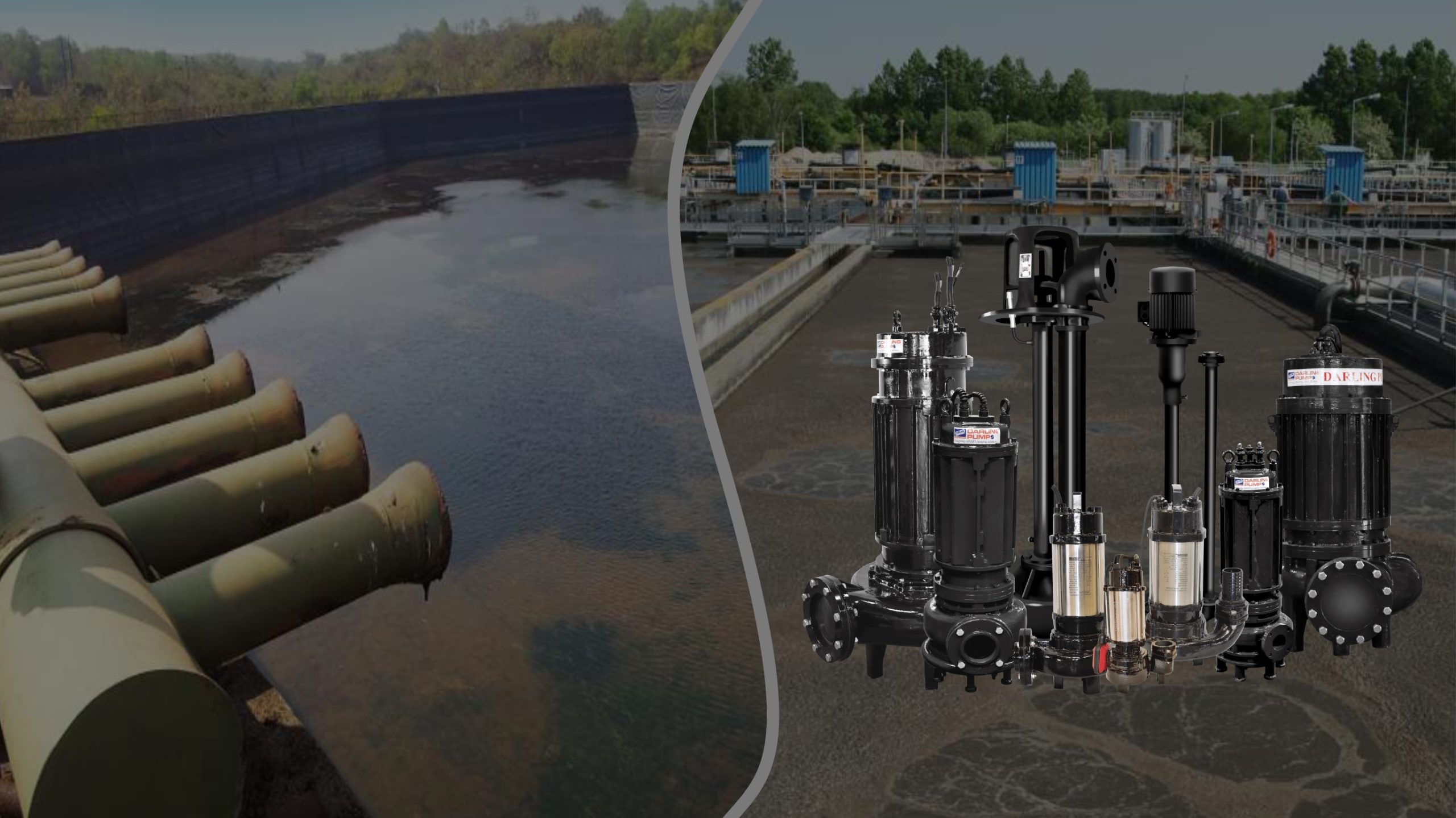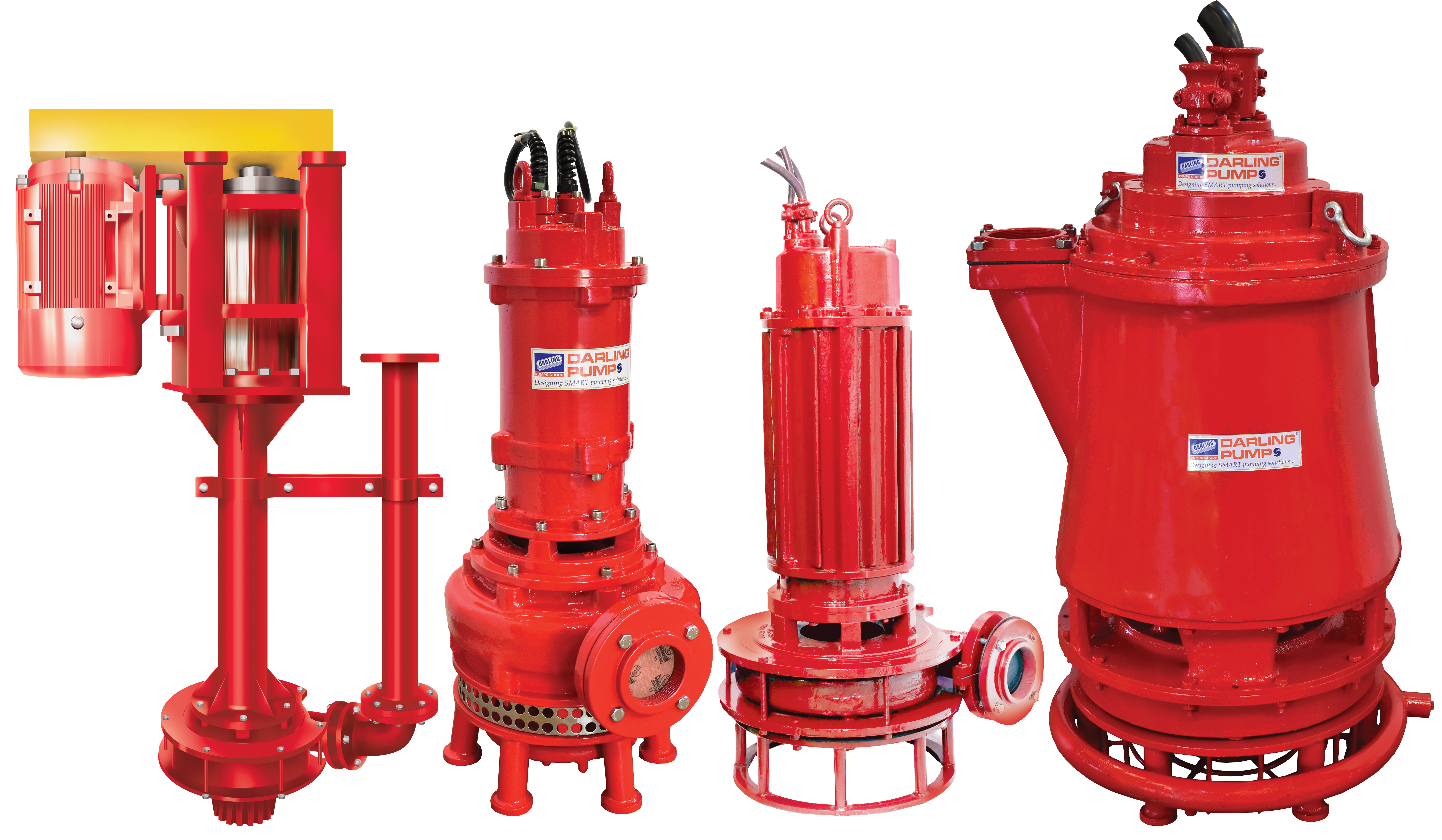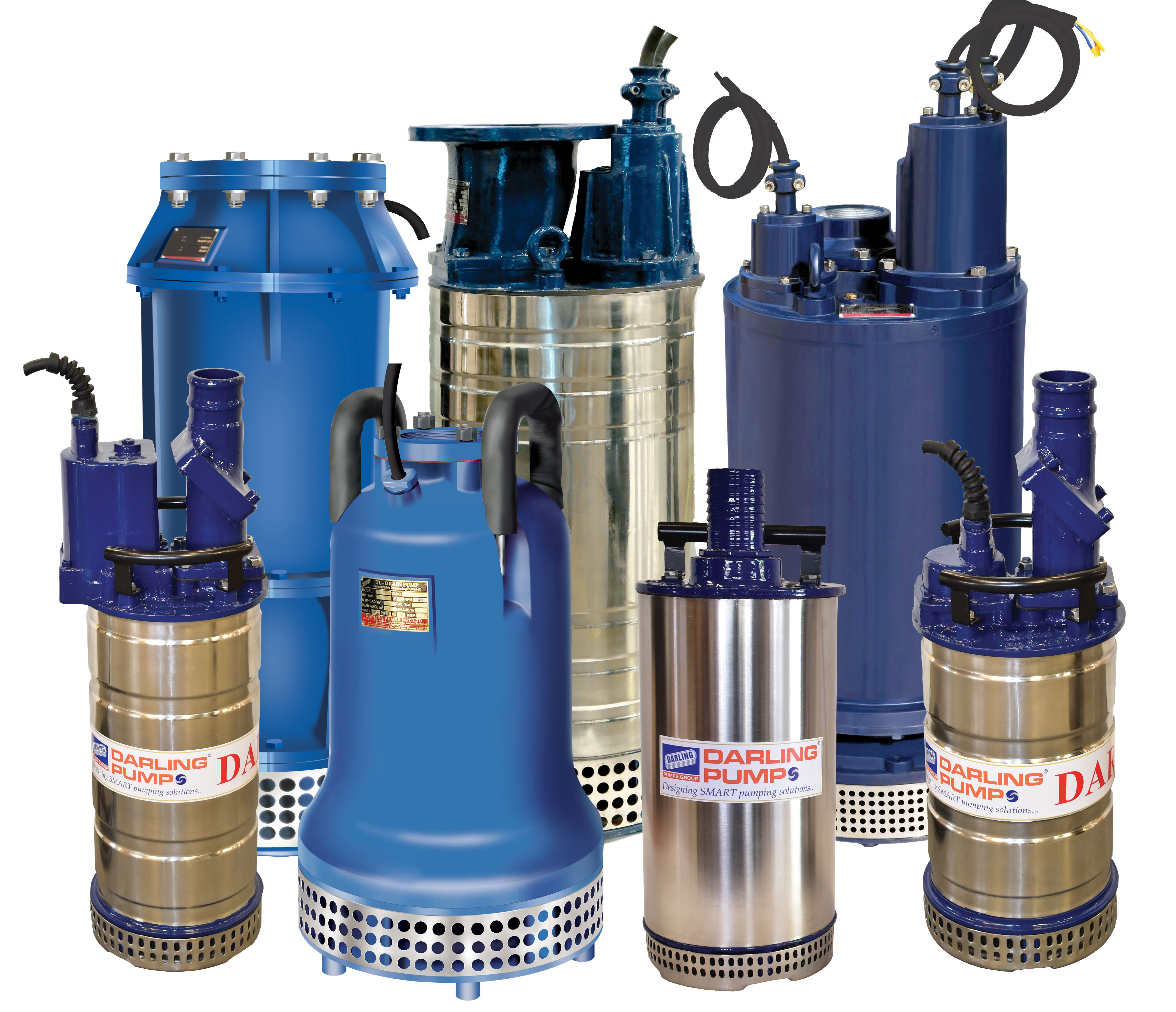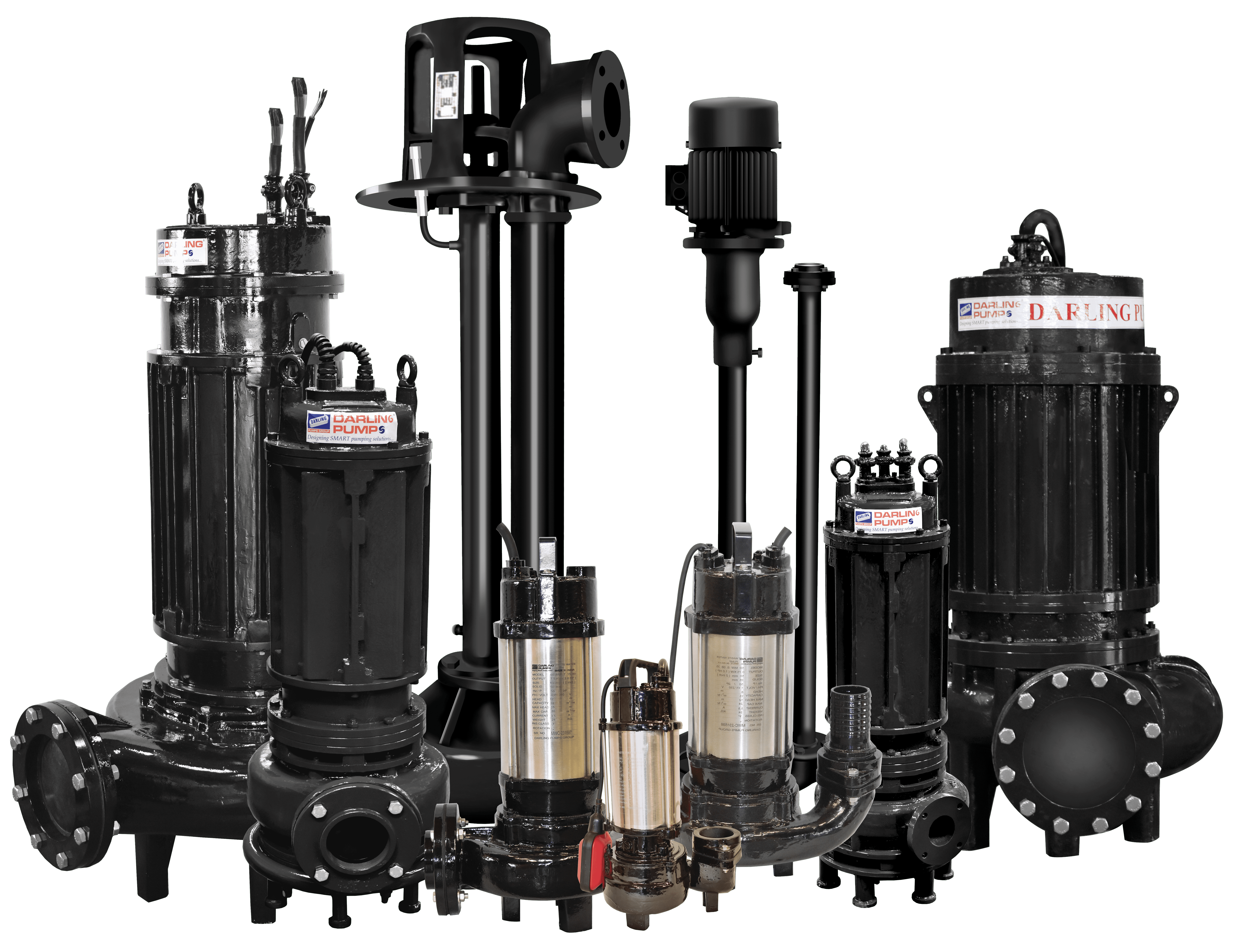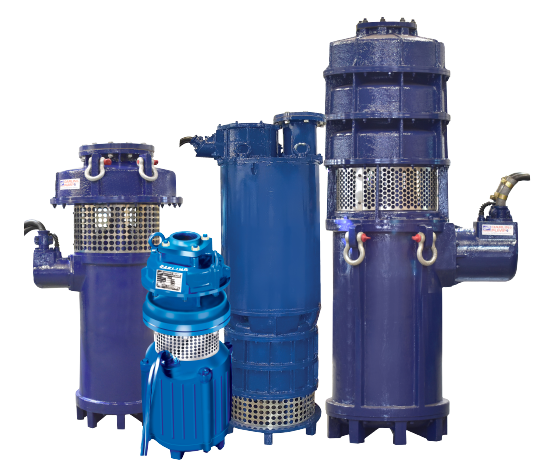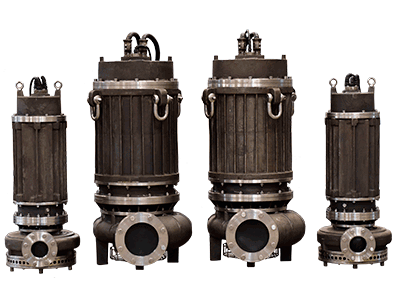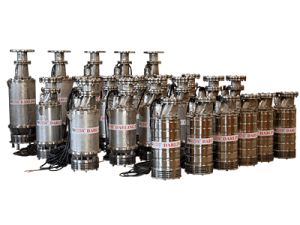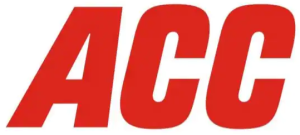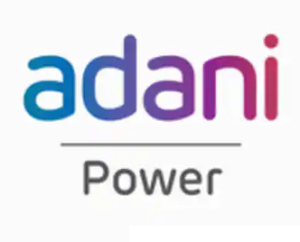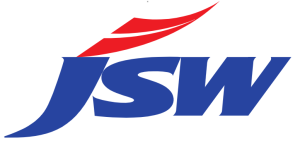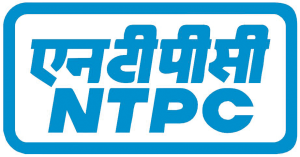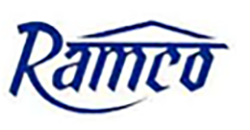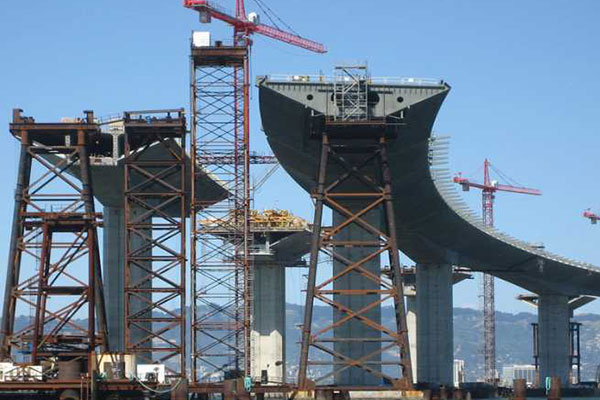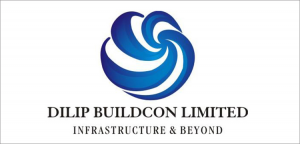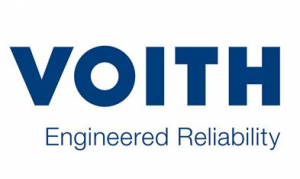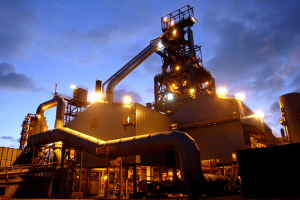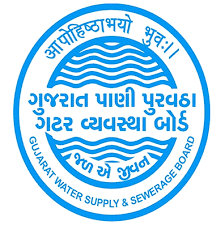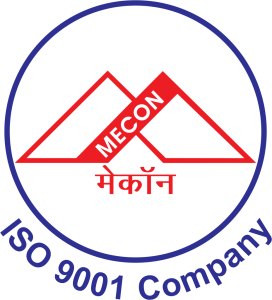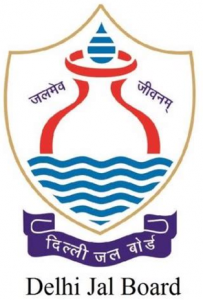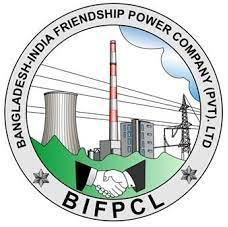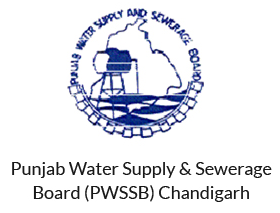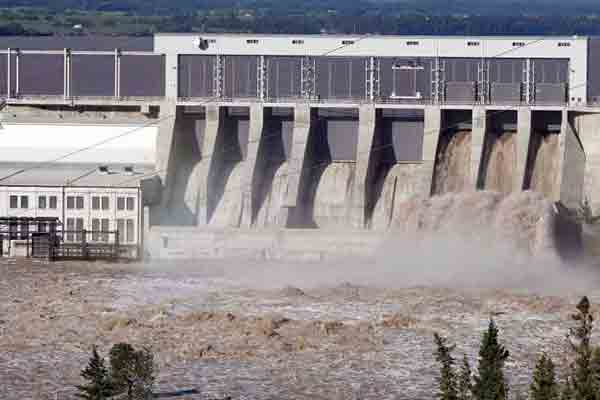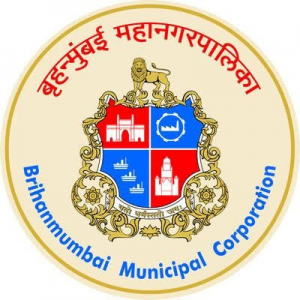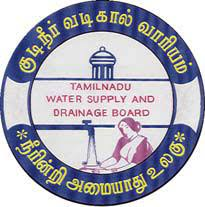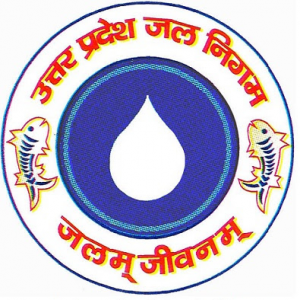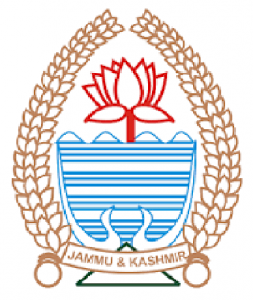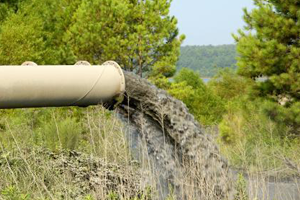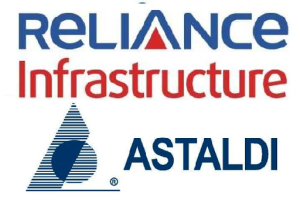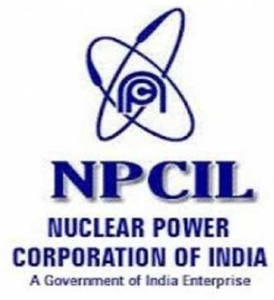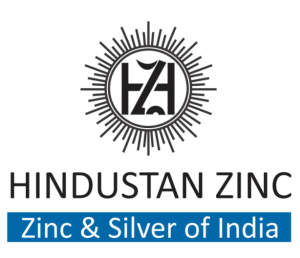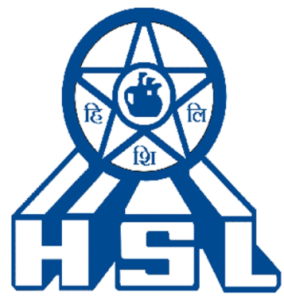Pump Selection
What are the points to be remember while selecting a Clear Water pump?
- Ensure that the water for which pump is been selected is mostly clean & without any solids.
- Actual working head should always be calculated considering the Static head + Gradient + pipe losses if any.
- Considering the required flow correct pipe size & type is used.
- pH of the liquid is not acidic nor alkaline.
- Liquid temperature is ambient
- Check if pump is required for intermittent duty or for continuous duty.
What are the points to be remember while selecting a Dewatering Water pump?
- Always check whether a dewatering pump is required for fixed or portable installation.
- While dewatering, cost of litre of water pumped per minute is very important, so always select pump which offer better efficiencies, is reliable & suitable for consistent working.
- Head at dewatering sites is generally low, so always recheck the head before selecting the pumps for high head.
- As these pumps are prone to Dry Running, Mechanical Jamming or Overloading, ensure that pump has inbuilt protection against these probabilities.
- Pumps with lower running cost & which are repairable at site should be given higher preference.
- Remember that in dewatering, purpose is to be remove the water where little bit off solids are incidental so always select pumps which are offering low minimum submergence.
What are the points to be remember while selecting Waste Water or Non-clog pumps?
- Actual working head should always be calculated considering the Static head + Gradient + pipe losses if any.
- Considering the required flow correct pipe size & type is used.
- pH of the liquid is not acidic nor alkaline.
- Liquid temperature is ambient.
- Criteria of Minimum Submergence & RPM required should also be considered.
- Check if pump is required for intermittent duty or for continuous duty.
- Always check whether the pump is required for fixed or portable installation
- While pumping, cost of litre of water pumped per minute is very important, so always select pump which offer better efficiencies, is reliable & suitable for consistent working.
- As these pumps are prone to Mechanical Jamming or Overloading, ensure that pump has inbuilt protection against these probabilities.
- Pumps with lower running cost & which are repairable at site should be given higher preference.
- Remember that the purpose is to be removing the waste liquid along with solids, so always select pumps which are offering solid handling as per application.
- In case of pumping heavy sewage, proper screening should be done to avoid pump jamming.
What are the points to be remember while selecting Slurry pumps?
- Actual working head should always be calculated considering the Static head + Gradient + pipe losses if any.
- Considering the required flow correct pipe size & type is used.
- pH of the liquid is not acidic nor alkaline.
- Liquid temperature is ambient.
- Specific gravity of liquid should also be considered while selecting slurry pump.
- Criteria of Minimum Submergence & RPM required should also be considered.
- Check if pump is required for intermittent duty or for continuous duty.
- Always check whether the pump is required for fixed or portable installation
- While pumping, cost of litre of water pumped per minute is very important, so always select pump which offer better efficiencies, is reliable & suitable for consistent working.
- As these pumps are prone to Mechanical Jamming or Overloading, ensure that pump has inbuilt protection against these probabilities.
- Pumps with lower running cost & which are repairable at site should be given higher preference.
- Remember that the purpose is to be removing the waste liquid along with solids, so always select pumps which are offering solid handling according to application.
- In case of pumping high concentration of slurry, use proper jetting arrangement to make the slurry pumping.
Pump Application
What are general applications of clear water pumps?
- Pumping water from UG Tanks to OH Tanks in housing & commercial complex, Hotels, Hospitals etc.,
- Fountains, Waterfalls, Landscaping,
- Agriculture/ Irrigation projects,
- Village &Municipal Water Supply,
- River Water Pumping,
- Fire Fighting & many more similar applications.
What are general applications of Dewatering pumps?
- Basement & Storm Water Dewatering,
- Pumping Heavily contaminated water with sand gravel and sludge at various construction sites,
- Sea water pumping,
- Industrial water dewatering,
- Civil Infra Projects, Micro tunnelling projects,
- Underground civil Works,
- Flood Relief Pumping,
- Mines Dewatering & many more similar applications.
What are general applications of Non-clog pumps?
- Raw & unscreened Sewage,
- Industrial wastes & effluents,
- Municipal Sewer Lines,
- Tailing ponds,
- Sewage treatment plants,
- Effluent Treatment Plants,
- Pharmaceutical units
- Textile units & many more similar applications.
What are general applications of Slurry pumps?
- Highly abrasive slurries,
- Mill scale, iron ore & pallet slurry,
- Mineral ore processing units,
- Ash & coal handling plants,
- Granite & marble slurry,
- Jack well & intake well cleaning,
- Removal of sand deposition at dam galleries,
- Removal of sand deposition at penstock tunnels & many more similar applications.
Pump Operation
What are the checkpoints before starting the pump?
- If the pump is unused for a longer duration, it might be prone to mechanical jamming, ensure that pump impeller is free. If required, flush it with clear water.
- Re-check & secure all electrical connections before starting the pump.
- Re-check & secure all piping connections, flanges before starting the pump.
- Carry out the Megger test to check winding continuity & also give a quick start to pump ensuring all is well.
- Start the pump only when all of the above points are thoroughly checked. Check the flow, if the flow is low reverse the RYB connections & re-check.
- Always refer to the pump manual for maintenance of the pump.
- Check periodically – any noise, vibration, over/under current.
- Ensure that you have required stock of genuine spares parts.
- Check for wear & tear in the pump – replace parts if needed.
- Use proper tools & tackles while assembling & dismantling.
What are the Points to be remember while operating a pump?
- Use an adequate source of power.
- Maintain rated Voltage, Current and Frequency.
- Ensure proper use of the control panel with proper settings.
- Maintain minimum submergence level.
- Flush the pump with a clear water pump if it is unused for a longer duration.
- Avoid sharp bend of hose or pipe.
- Use proper size of supply cable & use inlet screening to avoid large solid.
- To bring solids into suspended form use extra agitation whenever required.
- Always ensure that liquid temperature is within the permissible limit.
- Accessories should be compatible with pumping liquid.
Pump Troubleshooting
Is your pump giving insufficient or no discharge?
- It may be possible due to Low voltage and/or low frequency of supply, and then you have to check the supply voltage & frequency and use the pump at rated voltage & frequency.
- It may be possible due to incorrect direction of rotation, and then you have to correct the direction of rotation by interchanging any two phases.
- It may be possible due to the system head being higher than pump head, and then you have to select the correct pump as per system head.
- It may be possible due to Leakage in the piping system, then you have to check the piping system, if required to replace the damaged part.
- It may be possible due to a choked impeller, and then you have to clean the impeller by flushing the pump with fresh water.
- It may be possible due to clogged strainer, and then you have to clean the strainer by flush the pump with fresh water.
- It may be possible due to inadequate water level, and then you have to wait for restoration of water level or if possible lower the pump.
Is your pump giving abnormal noise &/or vibration?
- It may be possible due to incorrect direction of rotation, and then you have to correct the direction of rotation by interchanging any two phases.
- It may be possible due to pump working in runaway condition, and then you have to throttle the valve.
- It may be possible due to loose nuts & bolts, and then you have to check & tighten all the nut & bolts.
- It may be possible due to cavitations, and then you have to further lower down the pump or throttle the valve.
- It may be possible due to Shaft bends, and then you have to change the shaft.
- It may be possible due to bearing worn out, and then you have to change the bearing.
- It may be possible due to impeller worn out, and then you have to change the impeller.
Is your pump is drawing excessive current?
- It may be possible due to mechanical jamming, and then you have to check if impeller is free, clean it if found chocked.
- It may be possible due to High frequency of supply resulting in high motor speed, and then you have to ensure pump is running at rated frequency.
- It may be possible due to low voltage, and then you have to check cable size for the voltage drop and ensure that the pump is operating at rated voltage.
- It may be possible due to bearing worn out, and then you have to change the bearing.
- It may be possible due to defective cable or internally short, and then you have to Check IR value of cable and ensure proper cable is used.
What to do when your pump is not starting?
- It may be possible due to inconsistent power supply, and then you have to ensure consistent power supply at rated voltage & frequency.
- It may be possible due to the Pump – panel not connected properly, and then you have to ensure the pump is properly connected with the control panel & proper settings are in place.
- It may be possible that the cable is defective, and then you have to check if the cable is cut / damaged, if need be, replace it. In case of a defective joint, rejoin it.
- It may be possible due to pump choked, and then you have to clean the pump by flush it with fresh water.
- It may be possible due to winding short, and then you have to contact the company service centre for arranging rewinding for the pump.
Pump Maintenance
Checkpoints for preventive maintenance of submersible pumps?
- Always ensure that your pump is well protected by control devices.
- Check the contactor & clean the contactor at periodic intervals.
- Check whether current values are within specified limits as indicated in the pump manual.
- Check the supply voltage & frequency and use the pump at rated voltage & frequency. Check for any abnormal noise and/or vibration.
- Check & ensure that the pump supply cable is not damaged.
- Check insulation resistance, it should be more than 100 MΩ (mega ohms)
- Ensure that there is no leakage in piping system
- Check whether the pump is free of mechanical jamming, if required flush it with clear water to clean the jamming.
- Carry out periodic training of your pump operators / site in-charge for preventive & routine maintenance of the pump.
Checkpoints to do corrective maintenance of submersible pumps?
- Always disconnect the electrical supply before starting any maintenance activity.
- Ensure that you have required stock of genuine spares parts.
- Check for wear & tear in pump – check the impeller / wear ring / wear plate / diffuser / casing / bowl if found worn-out, replace the part.
- Always refer pump manual for re-fitting of mechanical seal & ensure that it is fitted with due care & process.
- To replace damaged cable always refer pump manual.
- Ensure that motor re-winding is done by trained re-winder or at authorize service centre or at company workshop.
- Re-check & secure all electrical connections before starting the pump & ensure the pump is properly connected with control panel & proper settings are in place.
- Carry out periodic training of your pump operators / site in-charge so as to equip them for corrective maintenance of the pump with help of virtual assistance.
Always have a backup plan for your Pump?
- Always ensure that the pump is well protected through control devices.
- Carry out the audit of your existing pumping system; check whether capacity is just enough or more than enough to cater to your emergency & unplanned pumping needs.
- Always ensure that standby arrangements are in place.
- Always distribute the pumping load, instead of deploying one pump of bigger capacity, try distributing the load equally by deploying multiple pumps of smaller capacity. This will ensure that even if one pump goes down site pumping does not stop.
- Train your site in-charge / operators to carry out routine check up of pumps & also to carry out preventive maintenance.
- Train at least one technician at the site for corrective maintenance of the pump with the help of virtual assistance from the company.
- Always have the stock of recommended spare parts of pump & panel to cut down repairing time in case of sudden breakdown of pump.
How to get your dewatering pump monsoon ready?
While the pump is @ stores:
- Carry out the audit of your exiting pumping system to check whether it is just enough or mo re than enough to cater your emergency unplanned pumping requirement & make provision for standby arrangement.
- Ensure that you have proper control devices to safeguard your pump when deployed to use.
- Ensure that pump supply cable is not damaged.
- Carry out the megger test to check winding continuity & also give a quick start to pump ensuring all is well.
- Check insulation resistance, it should be more than 100 MΩ (mega ohms)
- If pump is unused for longer duration, it might be prone to mechanical jamming, ensure that pump impeller is free.
- In case of control panels check the contactor & clean the contactor if require
While the pump is @ site:
- Always ensure that your pump is well protected by control devices.
- Ensure that there is no leakage in piping system
- Re-check & secure all electrical connections as well as all piping connections, flanges before staring the pump.
- Check whether current values are within specified limits as indicated in pump manual. Check the supply voltage & frequency and use the pump at rated voltage & frequency.
- Ensure that there is no abnormal noise and/or vibration in the system.
- Start the pump only when all of above points are thoroughly checked. Check the flow, if the flow is low; interchange any two phases from the RYB connections.
- Instead of deploying one pump of bigger capacity explore the possibility of deploying smaller capacity pumps to distributing the pumping load.
Always have a backup plan:
- Train your pump operators / site in-charge for preventive & routine maintenance of the pump.
- Train at least one technician at the site for corrective maintenance of the pump
- Always have the stock of recommended spare parts of pump & panel to cut down repairing time in case of sudden breakdown of pump. Contact company service centre for arranging genuine spare parts of pump & panel.
Self-analyze the health of your Submersible Pumps.
- Check whether incoming power supply to pump is consistent & not compromised.
- Check the contactor & clean the contactor if required.
- Check relay settings are not tampered with.
- Check current value; see if pump has tripped due to –
- Over current – check pump for mechanical jamming.
- Undercurrent – check whether the pump is running dry.
- Thermostat – wait for the motor to cool down.
- Moisture sensor – time to change mech. Seal.
- Check the supply voltage & frequency and ensure that the pump is used at rated voltage & frequency.
- Check & ensure that the pump supply cable is not damaged.
- Check insulation resistance, it should be more than 100 MΩ (mega-ohms).
- Check if pump rotation is in the correct direction; if not then correct it by interchanging any two phases.
- Check for any abnormal noise and/or vibration in the system.
- Ensure that there is no leakage in the piping system.
- Check whether the pump is free of mechanical jamming, if required flush it with clear water to clean the jamming.
- Check for wear & tear in impeller / wear ring / wear plate / diffuser / casing / bowl if found worn-out replace the part.
- If you find abnormalities at any point during the above check, please Contact Company authorized service centre or company customer care dept.


